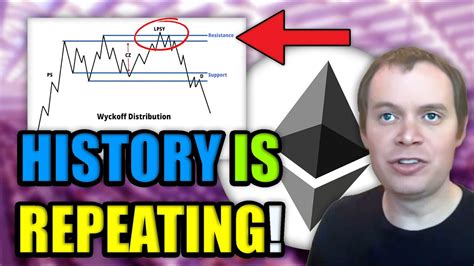Ethereum: theoretical question – is it possible to distribute fractions of an NFT instead of individual tokens?
Theoretical question: Can Ethereum be used for NFT fractional property?
Ethereum, the second largest market capitalization cryptocurrency after bitcoin, is presented as a platform that allows decentralized property and negotiation of exclusive digital assets. These assets include non -fungal tokens (NFTs), which represent exclusive and exclusive items such as art, collectibles or items in the game. Although NFTs can be purchased, sold and traded on various platforms, one question remains: Can Ethereum be used for NFT’s fractional property?
To answer this question, we will delve deeper into the theoretical aspects of how Ethereum could facilitate NFT’s fractional property and explore the potential benefits and challenges associated with this concept.
What is fractional property?
Fractional property refers to a situation in which an individual or entity has a percentage of a large asset rather than all its own assets. In traditional property models, individuals usually buy entire asset units, which may be difficult to resell or negotiate without facing significant losses if the original unit is sold.
Can Ethereum support NFT’s fractional property?
In theory, decentralized nature, and Ethereum’s intelligent contracts based on NFT’s fractional property. Here are some potential ways that Ethereum can facilitate this concept:
- Tokenization : Ethereum can create a token that represents an NFT, allowing your property to be fractionated. This would require the development of specialized tokens that may represent fractions of an NFT.
- Decentralized Exchanges (Dexs) : Dexs such as Uniswap and Sushiswap allow users to buy, sell and negotiate tokens on a decentralized platform. A fractional tokenized NFT can be listed in these exchanges, allowing buyers and sellers to interact with each other without the need for traditional asset property.
- Fractional NFT tokens can be designed as intelligent contracts that automate the transfer of property when specific conditions are met.
Challenges and considerations

Although NFT’s fractional property in Ethereum is theoretically possible, several challenges need to be faced:
- Scalability : As more users move to NFT’s fractional property, the platform needs to maintain scalability to accommodate these new cases of use.
2.
- Security : Ensuring the safety and integrity of fractional NFT tokens is crucial to avoid manipulation or loss of property.
- User Experience : NFT fractional property may require significant changes in user interfaces, payment systems and integration processes.
Conclusion
Although NFT’s fractional property at Ethereum presents a promising opportunity for decentralized asset negotiation and investment, this requires careful consideration of the technical, regulatory and practical challenges associated with this concept. As the Ethereum ecosystem continues to evolve, we are likely to see new developments in this area. However, one thing is certain: as the limits between traditional property models and blockchain -based assets continue to blur, new NFT fractional property opportunities will emerge.
References
- WhitePaper Ethereum (2016)
- Defi Uniswap loan documentation
- Documentation of SUSHISWAP DEX
Note: This article is a hypothetical exploitation of NFT’s theoretical possibility of fractional property in Ethereum.


